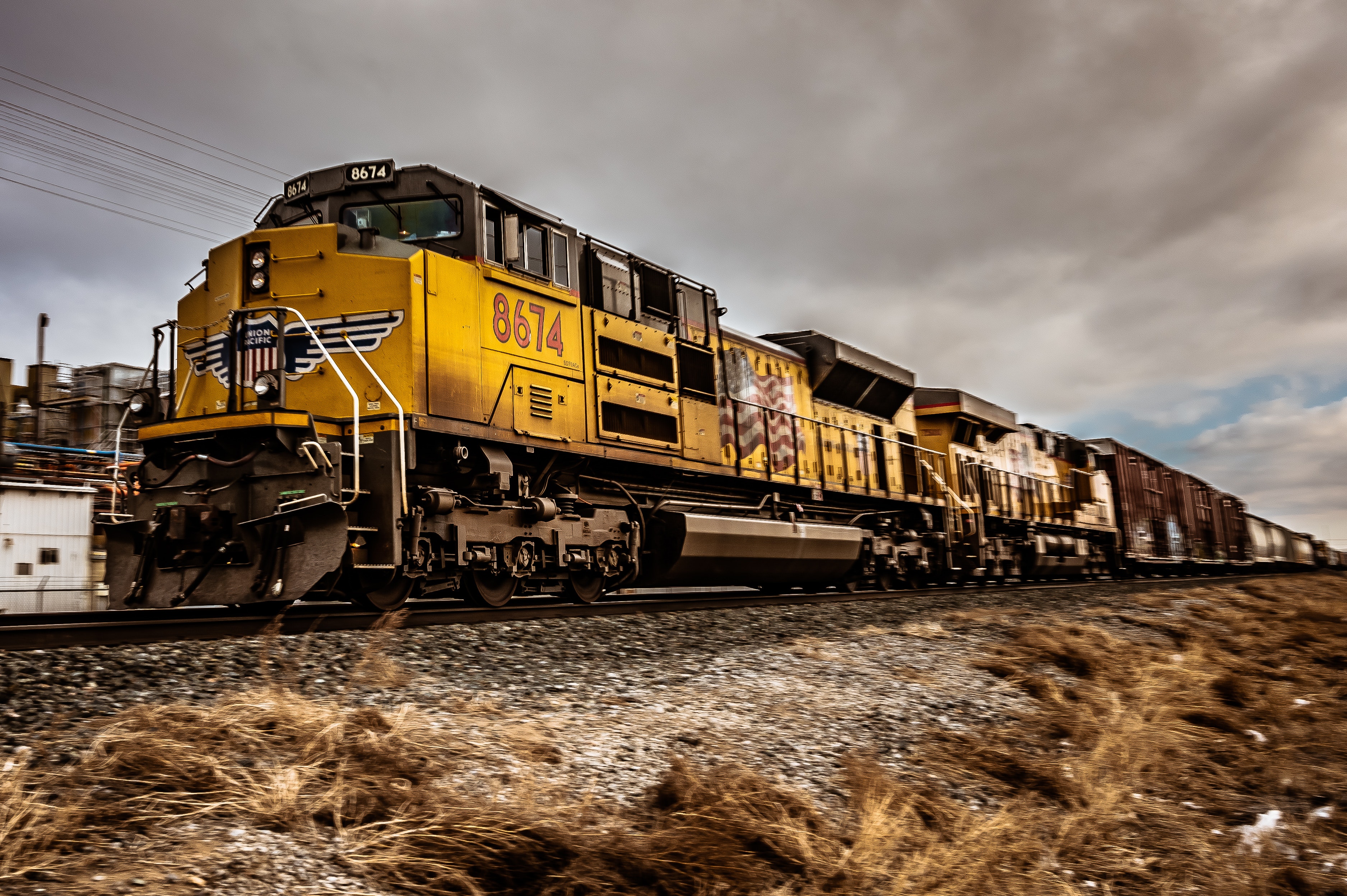Highlights:
- US June CPI Increased 9.1% From Year Earlier; Reaching a New 40-Year High.
- US June Consumer Prices +1.3%; Consensus +1.1%.
- US June CPI Ex-Food & Energy +0.7%; Consensus +0.5%.
- US June Energy Index +7.5%; Natural Gas +8.2%.
U.S. inflation accelerated to 9.1% in June, reaching a new 40-Year High. Inflation rose across all items, as the economy saw a broader increase in shelter, food and energy prices.
Core CPI before seasonal adjustment rose 5.9%, compared to 5.7% estimated. CPI for all-urban consumers increased 1.3% in June, after rising 1.0% in May. While core inflation has trickled down since March, inflation has remained elevated.
Many economists had called a peak in CPI in the first quarter of 2022. However, this new report pinpoints that the worst may not be behind us yet as inflation rose more broadly. Although oil prices have seen consecutive declines over the past few weeks, the index for gasoline, shelter and food still remain elevated.
Over the past 12 months, the energy index has risen 41.6%, while the gasoline index increased by 59.9%. During this same period the index for natural gas increased by 38.4%, its largest increase since 2005.
Average Americans are now paying more for their shelter, food, and transportation. This has contributed to depleted savings rates with household savings rates dropping to record lows last seen during the 2008 great recession.
U.S. Personal Savings Rate
During the 2020 Covid Pandemic U.S. personal savings rate was at record highs of 33%, as the market was pumped with cheap money and fiscal stimulus from central bankers. Things have since taken a turn as record high inflation and higher interest rates have depleted average American savings.
U.S. household saving rates were last recorded at 5.4% in May 2022, slightly up from 5.2% in April 2022. This is alarming as personal savings rates plummeted from 2020. U.S. workers don’t have to just worry about their personal savings rates evaporating due to higher costs, but also record high inflation outpacing wage growth.
The Federal Reserve is in a tough position as they will likely have to force a recession by aggressively raising interest rates to combat red hot inflation. Had policy makers acted more swiftly early on, a recession may have been avoidable. However, hindsight is 20/20 when you consider the aggressive policy decisions that were made to avoid a recession in the first place.
Bank of Canada
Yesterday, the Bank of Canada raised their policy interest rate by 100 basis points, its biggest increase since 1998. It is not just Americans that are suffering from red hot inflation, Canadians are suffering just as much too.
During the 2020 Covid Pandemic, Canadians also benefited from fiscal stimulus and ultra-low interest rates. This led to a red hot housing market with home prices across the country more than doubling in price in 12 months.
Now Canadians are in a tough position, as the Bank of Canada moves to fight inflation with an unprecedented interest rate hike. Higher costs will likely lead to the average Canadian cutting back on spending with more income going to shelter, food and transportation.
Is Stagflation Here?
Many people are starting to wonder if this is the peak of inflation or if stagflation is here? While some economists have highlighted that core inflation has started to trickle down since March, inflation has remained elevated.
Higher interest rates and supply chain constraints support the narrative of stagflation and some would argue that it’s already here. Stagflation is defined as a period in time where a country experiences rising inflation and falling economic output simultaneously.
Stagflation was a term that was coined during the 1970’s when rapid inflation and high unemployment coincided. However, the type of stagflation we are seeing now is different as the labor market still remains strong. Whether the U.S. economy is in a recession or not, fighting inflation remains central bankers key focus.
Final Takeaway
With 40-Year high inflation, rising interest rates and supply chain constraints remaining an issue, economists will have to cut their U.S. GDP forecasts. The SP 500 remains in bear market territory, and a fed-induced recession seems like the inevitable outcome to combat red hot inflation. Investors should plan for the worst over the next 12 months, but should be optimistic about the future and opportunities that lie ahead.









